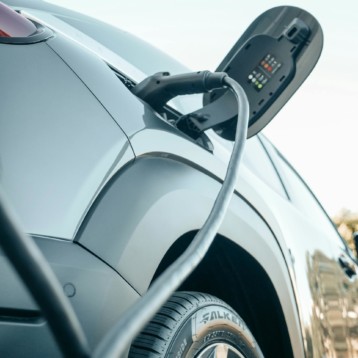|
The Side Collision Prevention system uses side mounted sensors to detect oncoming cars when a driver changes lanes. If there’s a car in the new lane, individually controlled breaks on each wheel of the car are activated in sequence to help avoid a collision.
The Back-up Collision Prevention system uses rear mounted and side mounted sensors to detect objects in the path of the car during revering maneuvers. If an obstacle is found, the car activates the normal breaking system and sounds an alarm.
The existing systems help cars maintain an adequate distance from the cars ahead of them by using radar to determine the relative distances and speeds of the two cars. They also help cars maintain a straight path within a single lane of the road by nudging it back into place using the same individual break controls used by the Side Collision Prevention system. This breaking system is only engaged when the driver does not indicate the intention of turning by activating the turn signal or turning the steering wheel.
|
Together, these four systems attempt to assist drivers as unobtrusively as possible without compromising their ability to prevent as many accidents as possible. Nissan introduced the Safety Shield concept in 2004 with the Lane Departure Prevention system followed by the Distance Control Prevention system in 2006 (it didn’t go into production cars until the 2008 model year). Nissan has not revealed when it expects to introduce the new safety features into production vehicles.
TFOT has reported on other new car safety features in the past including a new car that strengthens its frame just prior to collisions, two new innovations from Ford designed to increase a driver’s road vision, and smart cars that can analyze driver behavior to determine when they’re tired and help prevent the typical consequences of tired driving.
Read this Nissan press release for more information on the two new safety systems.












